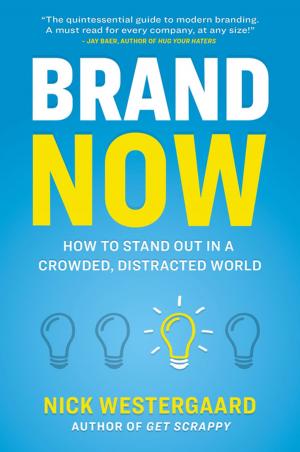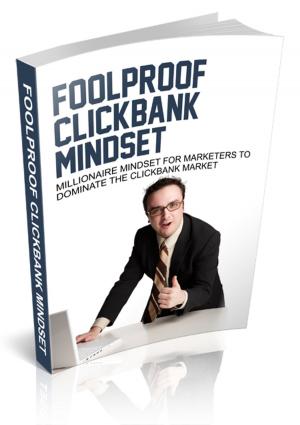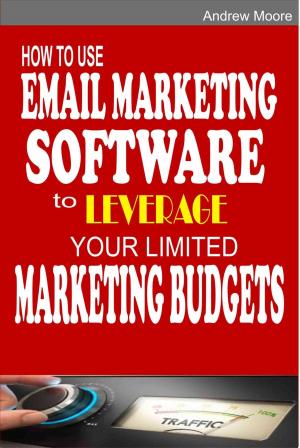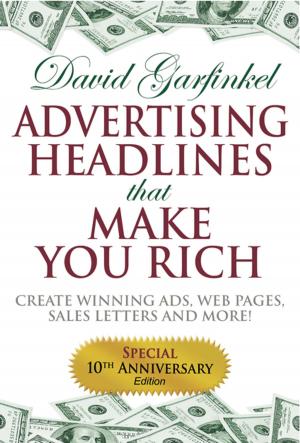| Author: | Melinda Wooten | ISBN: | 9781458196415 |
| Publisher: | Melinda Wooten | Publication: | May 25, 2011 |
| Imprint: | Smashwords Edition | Language: | English |
| Author: | Melinda Wooten |
| ISBN: | 9781458196415 |
| Publisher: | Melinda Wooten |
| Publication: | May 25, 2011 |
| Imprint: | Smashwords Edition |
| Language: | English |
In a world where the average consumer walks past a long wall of flat screen TVs priced similarly and can’t tell the difference between one versus the other, how do you influence brand choice?
As marketers, advertisers and creatives, our job often involves crafting messages that hone preference and drive sales. Sometimes we get lucky and work on a brand with a discernible and important competitive advantage to consumers. But often we work in categories that are increasingly crowded and/or filled with products that have little perceptible difference from competition (at least in the consumer’s mind).
That’s when we dig deeper to uncover the reason our brand should be chosen above all others. We prioritize our messaging strategy, bring it to life and then try not to cringe when we expose it to consumers, holding our breath as they pick apart the communication for what seem small, inconsequential reasons, but add up to deal breakers.
Wouldn’t it be nice to refine your message before you get to the cringing stage by using a set of psychological principles translated into English?
Wait a minute. Psychology? That’s heavy stuff. But it doesn’t have to be if you have a psychology-to-marketing dictionary, which allows you to transition from high level psychological theory to in the trenches advice. And that's what this book is.
In a world where the average consumer walks past a long wall of flat screen TVs priced similarly and can’t tell the difference between one versus the other, how do you influence brand choice?
As marketers, advertisers and creatives, our job often involves crafting messages that hone preference and drive sales. Sometimes we get lucky and work on a brand with a discernible and important competitive advantage to consumers. But often we work in categories that are increasingly crowded and/or filled with products that have little perceptible difference from competition (at least in the consumer’s mind).
That’s when we dig deeper to uncover the reason our brand should be chosen above all others. We prioritize our messaging strategy, bring it to life and then try not to cringe when we expose it to consumers, holding our breath as they pick apart the communication for what seem small, inconsequential reasons, but add up to deal breakers.
Wouldn’t it be nice to refine your message before you get to the cringing stage by using a set of psychological principles translated into English?
Wait a minute. Psychology? That’s heavy stuff. But it doesn’t have to be if you have a psychology-to-marketing dictionary, which allows you to transition from high level psychological theory to in the trenches advice. And that's what this book is.















